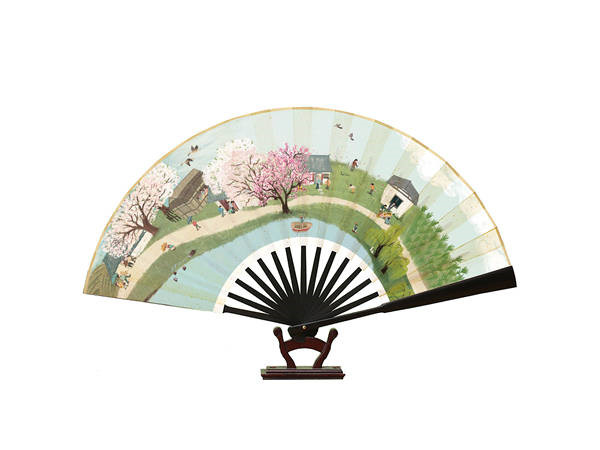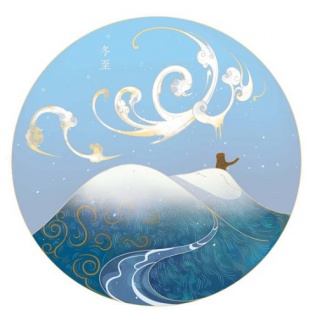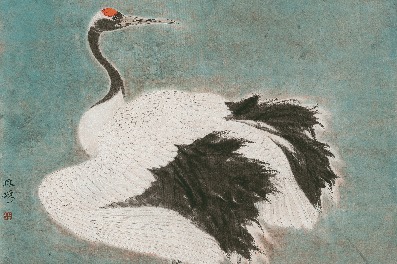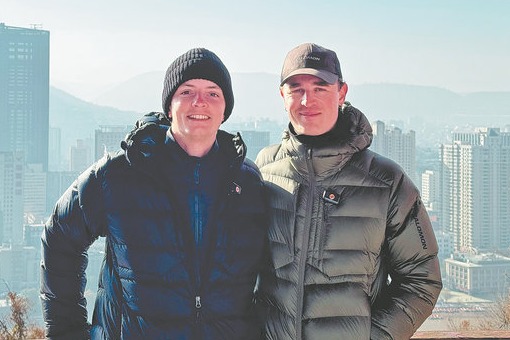Maintaining China's solar flair


In ancient times, the government office was opened to the public on the beginning of spring, people put statues of cows, made from mud, in the offices of local officials, who would whip the cows with a strap in the hope of manifesting a good harvest.
The county plans to promote the culture of the solar terms by promoting this custom.
"We had planned to give a dachunniu show on the beginning of spring this year, and organized an exhibition about the solar terms, but they were canceled due to the COVID-19 pandemic. As a result, we resorted to an online exhibition to perform the custom. In August, we started a training course about it, and in September, we organized documents, photos and videos about the practice to form a database," says Li Zongya, deputy director of a museum located at the site of Neixiang county's government office in ancient times.
A competition to design patterns and derivative products related to the 24 solar terms was held earlier this year by China Agricultural Museum and Beijing Municipal Administration of Cultural Heritage, and the award recipients were honored at the conference.
Second prize went to Wei Wei, a designer who produced a long painting depicting folk customs related to each term, as well as showing people, animals and food. She created a female character to carry the narrative of the picture, as the viewer witnesses the changing of the terms and passing of time through her journey.
"When creating this painting, I realized that agriculture exerts an intense influence on Chinese people's life. For example, in many places, people have the custom of celebrating at the beginning of winter. When winter comes, agricultural activities end, so people wear new clothes to greet each other. It means many folk customs are closely linked to agricultural activities," says Wei.

She also designed cultural and creative products, such as bags, fans and jigsaw puzzles, with patterns based on her painting.
Liu Xiaofeng, a professor at Tsinghua University, points out further areas of the solar terms that are worth studying. For example, since the solar terms come from ancient Chinese people's observation of the sun's motion, people in many other countries also have a similar understanding of time. He suggests the undertaking of comparison studies to better understand other cultures. He also wants to delve into the influence the system of the solar terms had in nearby countries, like Japan, Vietnam and the Democratic People's Republic of Korea.
"Our establishment of this alliance is a starting point, but there is a long way to go. The 24 solar terms are a cultural treasure, so we want to brush away the dust of history, and restore its gloss," says Liu.





































